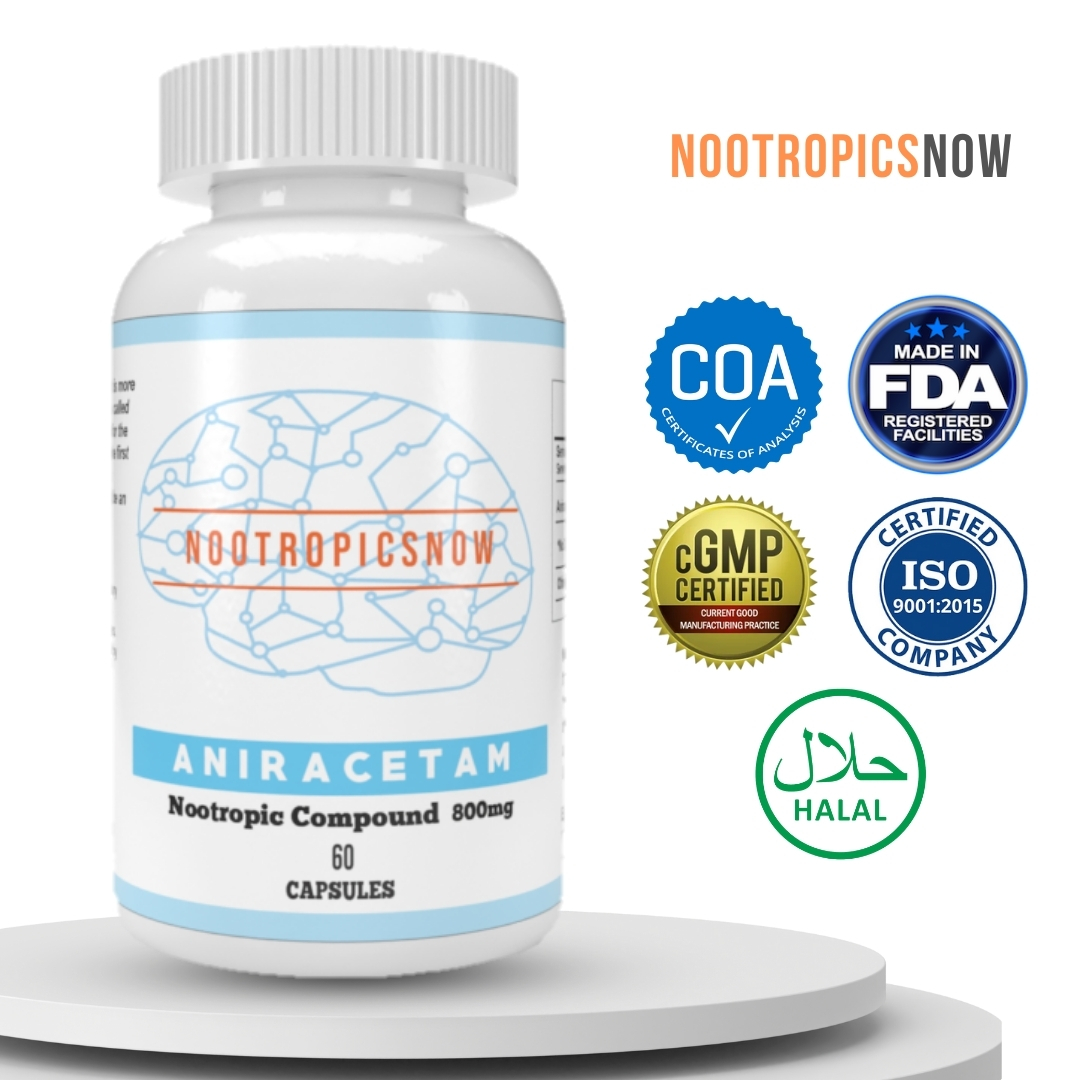Modafinil: Drug Class & Uses Explained

Modafinil Class: Understanding Its Classification and Uses
Modafinil, a medication often recognized under the brand name Provigil, has gained prominence as a cognitive enhancer. To truly understand its role and impact, one must first delve into its pharmacological classification and its various applications. Modafinil belongs to a class of drugs that affect the central nervous system, primarily used to promote wakefulness. Understanding Modafinil’s class is crucial before delving deeper into its effects and accessibility.
Pharmaceutical Classification of Modafinil

Modafinil is classified as a eugeroic, also known as a wakefulness-promoting agent. This means its primary function is to enhance alertness and reduce excessive daytime sleepiness. However, Modafinil differs from traditional stimulants.
Schedule IV Controlled Substance
A key aspect of Modafinil’s classification is its designation as a Schedule IV controlled substance by the U.S. Drug Enforcement Administration (DEA). This classification is due to its potential, albeit lower than that of Schedule II or III substances, for misuse and dependence. Therefore, while not as strictly regulated as drugs like amphetamines, Modafinil requires responsible use and a prescription.
Furthermore, the Schedule IV status impacts how Modafinil can be prescribed, dispensed, and distributed, influencing factors such as refill limitations and storage requirements. Understanding its DEA classification offers crucial context for individuals considering Modafinil. Consequently, its management is crucial to preventing misuse.
Approved and Off-Label Uses of Modafinil
Modafinil is primarily prescribed for specific sleep disorders. Nevertheless, it’s often used off-label for cognitive enhancement and managing fatigue related to various conditions.
FDA-Approved Indications
The Food and Drug Administration (FDA) has approved Modafinil for the treatment of:
The FDA approval indicates that these uses have been rigorously tested and demonstrated to be safe and effective under medical supervision. These approvals are important for doctors.
Off-Label Uses
Beyond the FDA-approved indications, Modafinil is also prescribed off-label for other conditions. “Off-label” use means that the medication is being used in a way that is not specifically approved by the FDA but is deemed appropriate by a healthcare professional based on clinical judgment and available evidence.
Some common off-label uses of Modafinil include:
Although off-label uses are common, they highlight the significance of consulting healthcare professionals to determine the safety and efficacy of such treatment strategies. A licensed medical expert can help to determine the best treatment plan.
The Mechanism of Action
Understanding how Modafinil works in the brain is crucial to appreciating its effects and potential risks. However, scientists are still exploring its exact mechanism.
Neurotransmitter Interactions
Modafinil affects several neurotransmitter systems in the brain, including:
It’s important to note that the exact mechanism by which Modafinil interacts with these neurotransmitter systems is not fully understood. Moreover, research continues to uncover more details about its complex effects on the brain.
Side Effects and Precautions
Like all medications, Modafinil has potential side effects and precautions. It is essential to be aware of these before using the drug.
Common Side Effects
The most frequently reported side effects of Modafinil include:
These side effects are typically mild and transient. Yet, it’s important to monitor them and consult a healthcare professional if they become severe or persistent.
Serious Side Effects
Although rare, Modafinil can cause more serious side effects, including:
These serious side effects require immediate medical attention. It is crucial to be vigilant for any signs or symptoms and seek prompt medical care if they develop.
Precautions
Before starting Modafinil, it is important to discuss the following precautions with a healthcare professional:
Adhering to these precautions can help minimize the risk of adverse effects and ensure safe and effective use of Modafinil.
Dosage and Administration
The appropriate dosage of Modafinil depends on the condition being treated, individual response, and other factors. It is important to follow the dosage instructions provided by a healthcare professional.
Usual Adult Dosage
Dosage adjustments should be made under the guidance of a healthcare professional to optimize therapeutic effects and minimize side effects.
Administration
Modafinil is typically taken orally, with or without food. It is usually taken once daily in the morning for narcolepsy and OSA or about one hour before the start of the work shift for SWSD. Following the prescribed administration guidelines will contribute to safety and effectiveness.
Availability and Legality
Modafinil is available by prescription only in many countries, including the United States, Canada, and European Union member states. However, availability and regulations may vary depending on the specific country.
Prescription Requirements
To obtain Modafinil legally, you need a valid prescription from a licensed healthcare provider. This usually involves a medical evaluation and a diagnosis of a condition for which Modafinil is indicated, such as narcolepsy, OSA, or SWSD.
Legal Considerations
It is essential to be aware of the legal regulations surrounding Modafinil in your country and to comply with all applicable laws.
Modafinil Class Alternatives
Although Modafinil is a popular choice for promoting wakefulness, there are several alternatives available, both prescription and non-prescription.
Prescription Alternatives
These prescription alternatives require a medical evaluation and a prescription from a healthcare provider.
Non-Prescription Alternatives
These non-prescription alternatives may be helpful for improving alertness and cognitive function. They generally have milder side effects than prescription medications. Always do independent research before using supplements.
Future Research and Developments
Research into Modafinil and its mechanisms of action is ongoing. Scientists seek to better understand its effects on the brain and explore its potential applications for various conditions.
Cognitive Enhancement
Ongoing studies are investigating Modafinil’s potential as a cognitive enhancer in healthy individuals. Research aims to determine the drug’s effects on memory, attention, executive function, and other cognitive domains.
Neurological and Psychiatric Disorders
Researchers are also exploring the use of Modafinil for neurological and psychiatric disorders beyond its current approved indications. This includes studies on its potential benefits for conditions such as Alzheimer’s disease, schizophrenia, and traumatic brain injury.
Novel Formulations and Delivery Systems
Scientists are working on developing novel formulations and delivery systems for Modafinil. These improvements aim to enhance its efficacy, reduce side effects, and improve patient adherence. These efforts are expected to bring advancement in Modafinil.
Conclusion: Understanding the Modafinil Class
Modafinil is a unique wakefulness-promoting agent with a complex mechanism of action and a range of approved and off-label uses. As a Schedule IV controlled substance, it requires careful management and adherence to legal regulations.
Before considering Modafinil, it is crucial to consult a healthcare professional, discuss your medical history, and weigh the potential benefits against the risks. By understanding the Modafinil class, you can make informed decisions about its use and maximize its therapeutic potential while minimizing potential adverse effects. It’s all about understanding the impact and risks.
Modafinil Class: Understanding Its Classification and Uses
Modafinil, a medication often recognized by its brand name Provigil, occupies a unique space in the realm of pharmaceuticals. Initially synthesized in the late 1970s, its primary purpose was to treat sleep disorders. However, its potential as a cognitive enhancer has garnered significant attention, especially among students, professionals, and anyone seeking a mental edge. Understanding its pharmacological classification and approved uses is essential for anyone considering or currently using Modafinil.
Pharmacological Classification: A Central Nervous System Stimulant
Modafinil is classified as a eugeroic, meaning it promotes wakefulness. Importantly, it is categorized as a central nervous system (CNS) stimulant. This means it affects the brain and spinal cord, influencing various functions such as alertness, focus, and cognitive performance. However, unlike traditional stimulants, such as amphetamines (like Adderall) or methylphenidate (like Ritalin), Modafinil’s exact mechanism of action remains partially understood.
While sharing stimulant properties, Modafinil has a distinct chemical structure, which differentiates it from the aforementioned classical stimulants. Classical stimulants primarily boost dopamine and norepinephrine levels dramatically, often leading to a higher risk of dependence and side effects. Modafinil, on the other hand, appears to interact with multiple neurotransmitter systems, including dopamine, norepinephrine, histamine, and orexin (hypocretin).
This broader, more nuanced interaction suggests that Modafinil’s effects on wakefulness and cognition are achieved through a different pathway. Therefore, even though both classical stimulants and Modafinil increase alertness, the experience for the user can be markedly different. Specifically, Modafinil is considered to have a lower potential for abuse.
Schedule IV Controlled Substance: Balancing Benefits and Risks
In the United States, the Drug Enforcement Administration (DEA) classifies Modafinil as a Schedule IV controlled substance. This is an important consideration, indicating that the drug has a recognized potential for abuse, albeit lower than that of Schedule II and Schedule III drugs. Other examples of Schedule IV substances include benzodiazepines (like Xanax) and certain sleep aids.
The classification as a Schedule IV drug necessitates a prescription for legal acquisition and use. Pharmacists and prescribers must adhere to specific guidelines for dispensing and prescribing Modafinil. It’s essential for individuals considering Modafinil to understand this regulatory framework. Possessing or distributing Modafinil without a valid prescription could result in legal consequences.
Furthermore, the Schedule IV classification underscores the importance of using Modafinil responsibly. While its abuse potential is lower, it is not non-existent. Individuals should follow their doctor’s instructions diligently and report any unusual side effects or perceived increases in tolerance.
Approved Uses: Treating Sleep Disorders
Modafinil has earned FDA approval for treating excessive daytime sleepiness associated with several specific conditions:
For each of these conditions, a healthcare professional must perform a proper diagnosis before prescribing Modafinil. The prescription should specify the dosage and timing of administration, tailored to individual patient needs and circumstances.
Mechanism of Action: A Complex Neurochemical Interaction
The exact mechanism by which Modafinil exerts its effects remains an area of active research. However, scientists believe it interacts with several neurotransmitter systems in the brain to promote wakefulness and improve cognitive function. Some key aspects of its mechanism include:
These complex interactions likely contribute to Modafinil’s unique effects on wakefulness, cognitive performance, and overall alertness. This multi-faceted influence also differentiates Modafinil from other stimulants, potentially explaining its reduced dependence liability.
Side Effects: Balancing Cognitive Enhancement with Potential Risks
While Modafinil is generally considered safe and well-tolerated, it is not without potential side effects. These can vary from person to person, and their severity can depend on factors such as dosage, individual sensitivity, and pre-existing medical conditions. Common side effects include:
More serious, though less common, side effects can include:
It is crucial to discuss any potential risks and side effects with a healthcare professional before starting Modafinil. Patients should also monitor themselves for any unusual symptoms and report them promptly to their doctor.
Dosage Guidelines: Tailoring Treatment to Individual Needs
The appropriate dosage of Modafinil varies depending on the condition being treated and individual patient factors. Typical dosage guidelines include:
It is important to follow your doctor’s dosage instructions carefully. Do not increase or decrease the dose without consulting your doctor. Taking too much Modafinil can increase the risk of side effects, while taking too little may not provide adequate symptom relief.
Off-Label Uses: Exploring Potential Benefits
In addition to its approved uses, Modafinil is sometimes prescribed “off-label” for other conditions. This means that the drug is being used to treat a condition for which it has not been specifically approved by the FDA. While off-label uses are legal and common, they should only be considered under the guidance of a qualified healthcare professional. Some examples of off-label uses of Modafinil include:
It is crucial to note that the effectiveness and safety of Modafinil for off-label uses have not been fully established. Therefore, individuals considering off-label use should discuss the potential benefits and risks with their doctor.
Safety Considerations: Responsible Use and Potential Interactions
Modafinil is a powerful medication, and it’s crucial to use it responsibly and be aware of potential interactions with other substances. Here are some important safety considerations:






